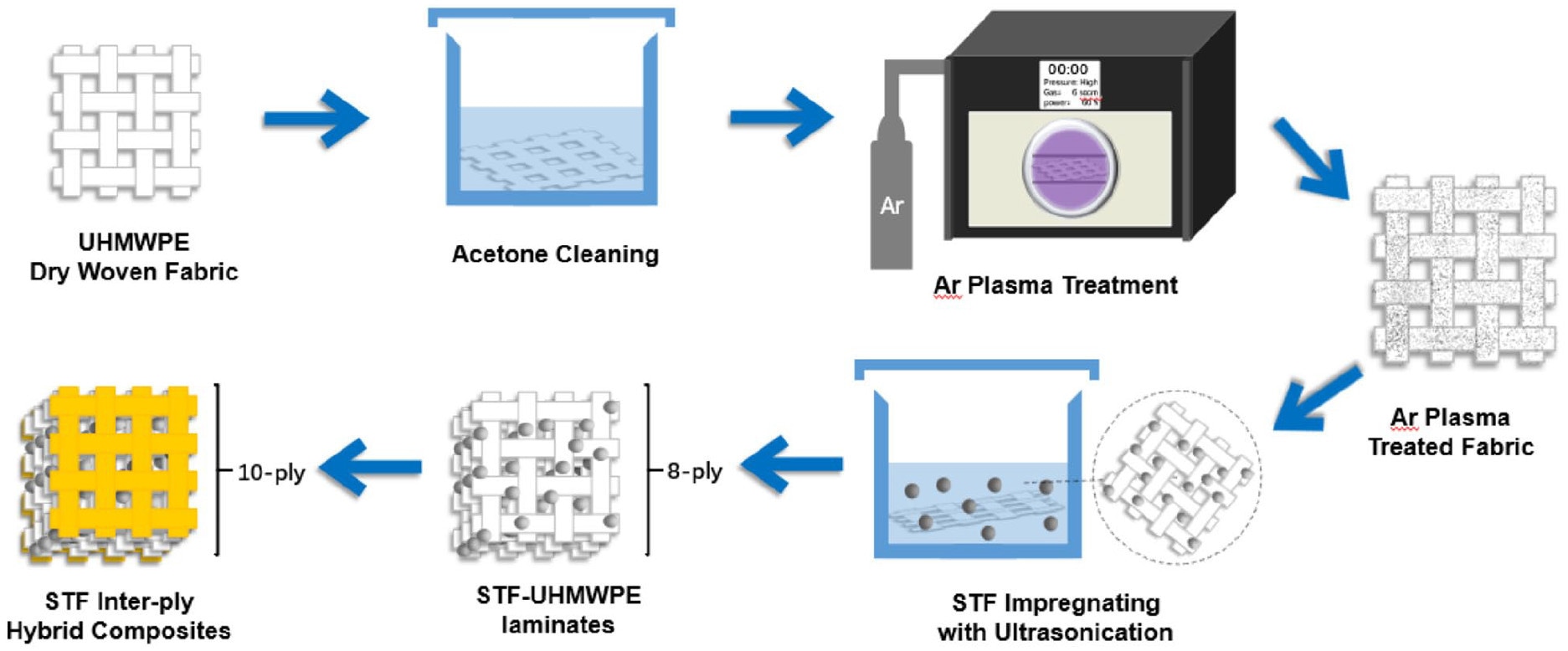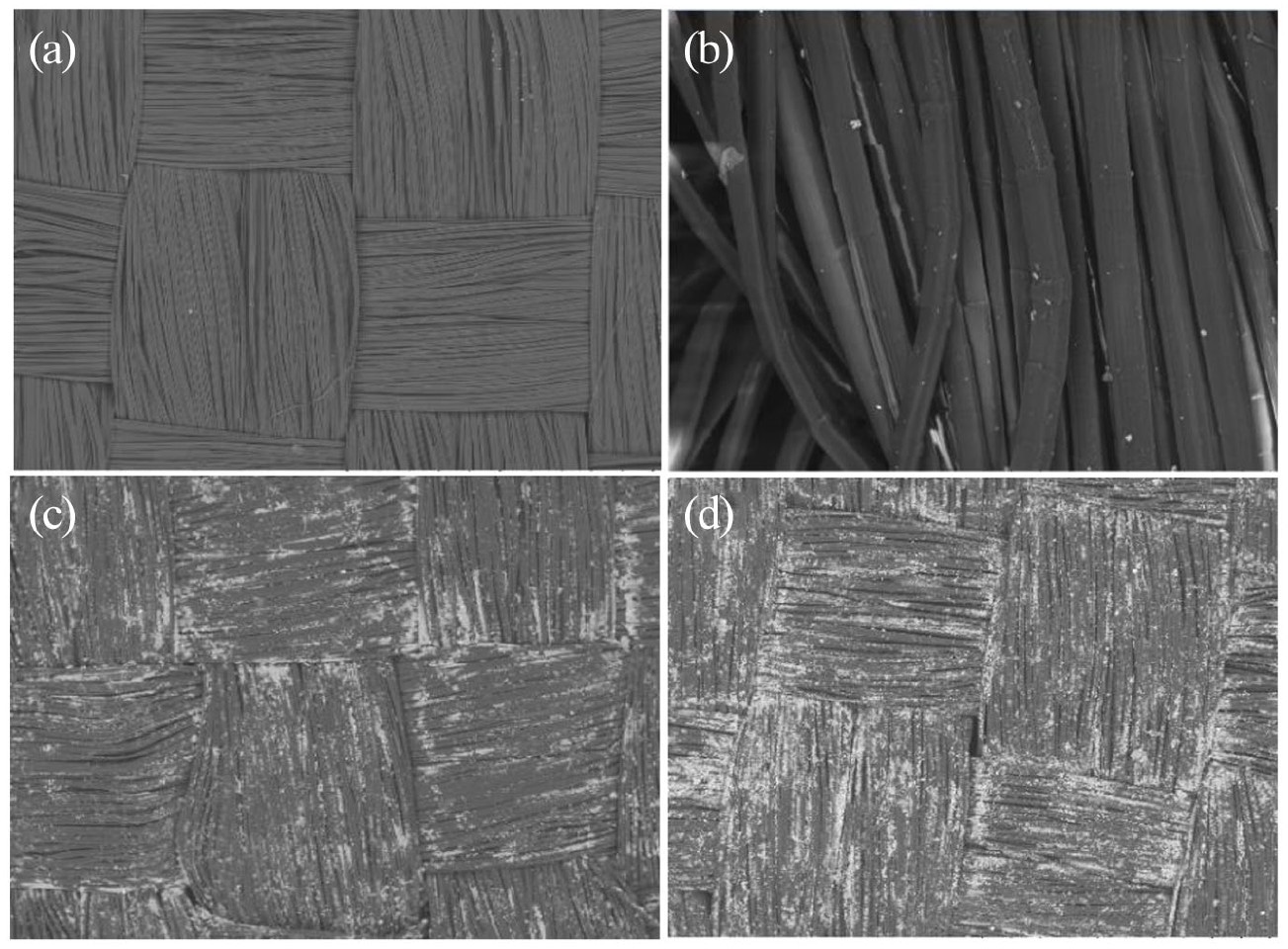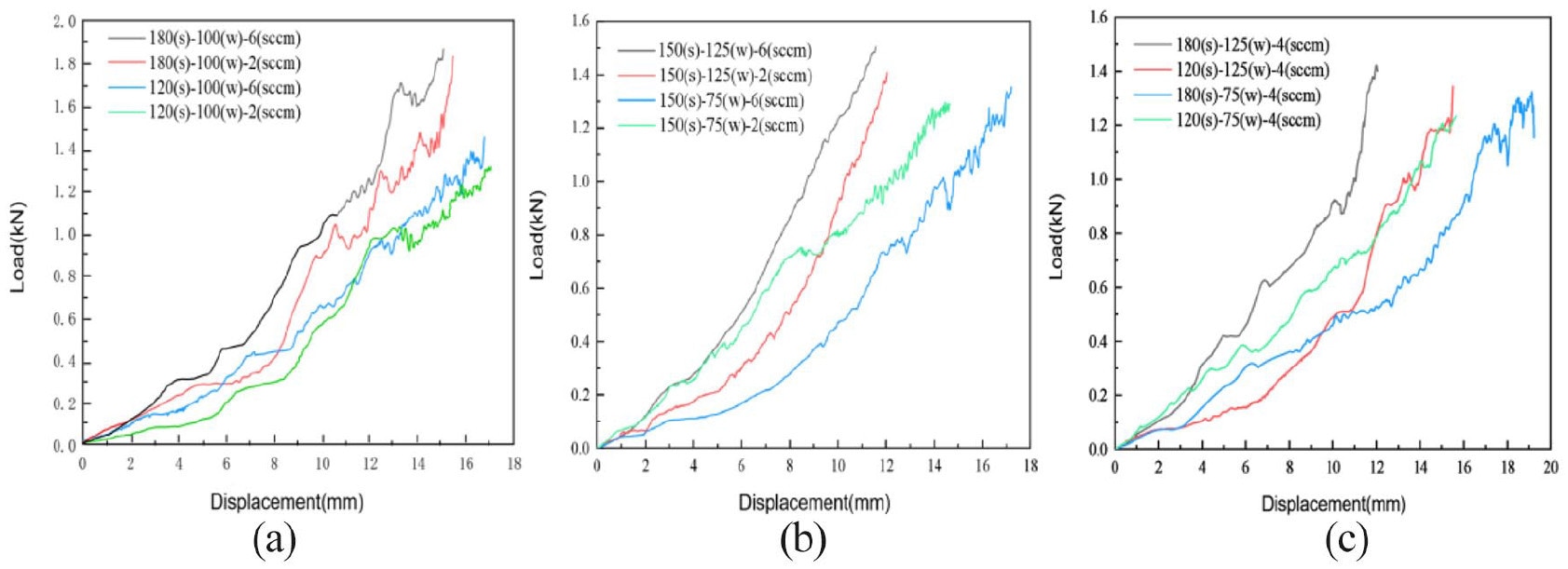In this recent publication in the Journal of Engineered Fibres and Fabrics, researchers from the Hebei Technology Innovation Centre of Textiles use the Henniker HPT-300 plasma system to enhance the interfacial adhesion of ultra-high molecular weight polyethylene (UHMWPE) and prepare flexible protective composites. UHMWPE has excellent mechanical properties, making it an ideal reinforcing component for impact-resistant (e.g. bullet-proof) composite materials.
Enhancing Surface Adhesion and Catalytic Activity
In the work, the authors found that hydrogen and argon plasma treatments increased the surface energy and roughness of textile samples, improving their surface adhesion and catalytic activity. They discovered that argon and oxygen plasma were the best choices for surface activation when the primary objective is to increase the wettability of polyethylene.
Materials Methods and Further Treatments
The high-performance fibre reinforcements underwent a thorough surface treatment process to eliminate impurities and oil. Following the preparation of a PEG and SiO2 mixture, the samples were treated with the resultant Shear Thickening Fluid (STF) using an ultrasonic cleaning machine for a duration of one hour to ensure the uniform distribution of the STF on the samples. The samples were subsequently subjected to vacuum oven treatment to obtain the final UHMWPE/STF inter-ply hybrid composite. Figure 1 displays the step-by-step preparation process of the UHMWPE/STF inter-ply hybrid composites.

Figure 1. Preparation process of UHMWPE/STF inter-ply hybrid composites.
Courtesy of journals.sagepub.com/doi/full/10.1177/15589250211043832
Results
The use of plasma treatment was shown to enhance surface roughness and adhesion of samples, resulting in improved interfacial properties. This was evidenced by the significant increase in SiO2 adhesion amount in UHMWPE after argon plasma treatment, as demonstrated through SEM photographs. Figure 2 depicts the SEM images of UHMWPE reinforcement and composites, highlighting the impact of plasma treatment on surface morphology. As seen in Figure 2(a), the untreated fabric surface was observed to be smooth, while the UHMWPE reinforcement sample treated with 150W-60s-4sccm plasma (Figure 2(b)) exhibited a notably rougher surface compared to the untreated sample.
 Figure 2. SEM photographs of samples: (a) UHMWPE reinforcement without plasma treatment and (b) with 150 W–60 s–4 sccm plasma treatment; (c) the composites without plasma treatment and (d) with 150 W–60 s–4 sccm plasma treatment.
Figure 2. SEM photographs of samples: (a) UHMWPE reinforcement without plasma treatment and (b) with 150 W–60 s–4 sccm plasma treatment; (c) the composites without plasma treatment and (d) with 150 W–60 s–4 sccm plasma treatment.
Courtesy of journals.sagepub.com/doi/full/10.1177/15589250211043832
Effect of Ar plasma treatment on the water contact angle
The authors found that by varying the treatment parameters, they could achieve the optimal water contact angle. The study revealed that the treating power, time, and gas flow rate had a significant impact on the plasma treatment and interfacial performance, as shown in Figure 3. Increasing the treating power gradually decreased the water contact angle, with the most significant change occurring between 50 W and 125 W. Moreover, a higher gas flow rate and treating time led to a significant decrease in the water contact angle. The treating power was found to be the most influential factor, followed by treating time and gas flow rate. The study's findings provide valuable insights into the optimal parameters for argon plasma treatment to achieve the desired water repellency in STF inter-ply hybrid composites.

Figure 3. Water contact angle of STF inter-ply hybrid composites with various (a) power, (b) treating time, and (c) gas flow rate.
Courtesy of journals.sagepub.com/doi/full/10.1177/15589250211043832
Effect of Ar plasma treatment on resistance impact
In the case of composites, resistance impact testing is used to assess the strength and durability of the material when subjected to impact or shock loads, which can help determine its suitability for various applications.
The study identified the most important influencing factors and their impact on the strength of composite materials, as shown in Figure 4, and were able to demonstrate that higher gas flow rates, longer treatment times, and increased power levels all contribute to greater impact resistance in UHMWPE reinforcement. Specifically, the black curve at the top followed by the red curve indicate that higher gas flow rates lead to higher impact resistance, while longer treatment times lead to improved impact resistance as well. The impact force of the UHMWPE reinforcement increased rapidly with an increase in gas flow rate and treating time.
Similarly, Figure 4(b) and (c) illustrate that higher power levels and longer treatment times also result in improved impact resistance in composite materials. The results of the study showed that power had the greatest impact on the composites compared to treating time and gas flow rate. These findings suggest that plasma treatment can be an effective method for enhancing the impact resistance of composite materials and can also be optimised by adjusting specific process parameters.

Figure 4. (a) Load-displacement curve of the same power, (b) load-displacement curve of the same treating time, and (c) load-displacement curve of the same flow.
Courtesy of journals.sagepub.com/doi/full/10.1177/15589250211043832
Conclusions
This study investigated the impact of Ar plasma treatment on UHMWPE reinforcement and its application in flexible composites with shear thickening liquid. The results showed that the surface of UHMWPE was mildly damaged, leading to improved surface roughness. The study also found that the impact force of UHMWPE/STF composites was influenced by treating time, power, and gas flow rate. The optimal parameters were determined to be a treating time of 150 s, treating power of 100 W, and a gas flow rate of 4 sccm, resulting in the maximum impact resistance of the UHMWPE reinforcement.
For more information please contact us today or read the paper in full.